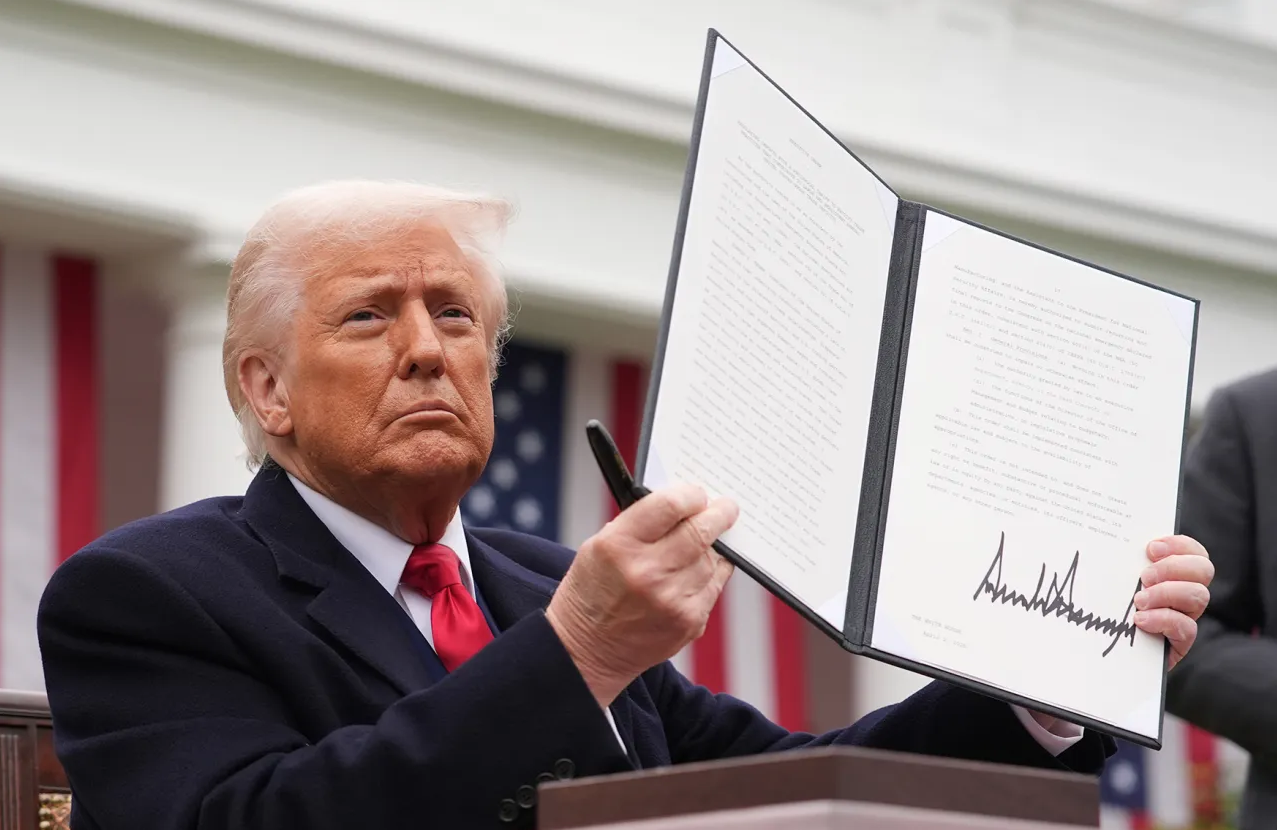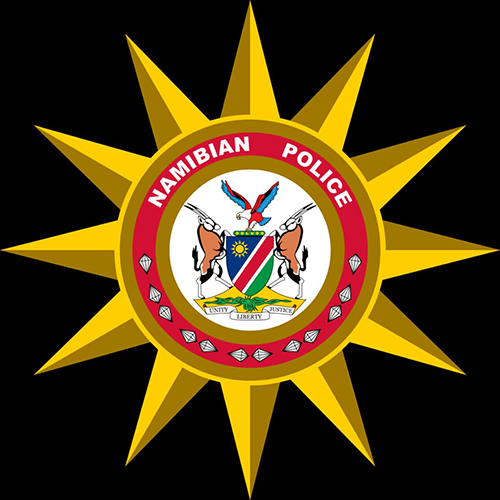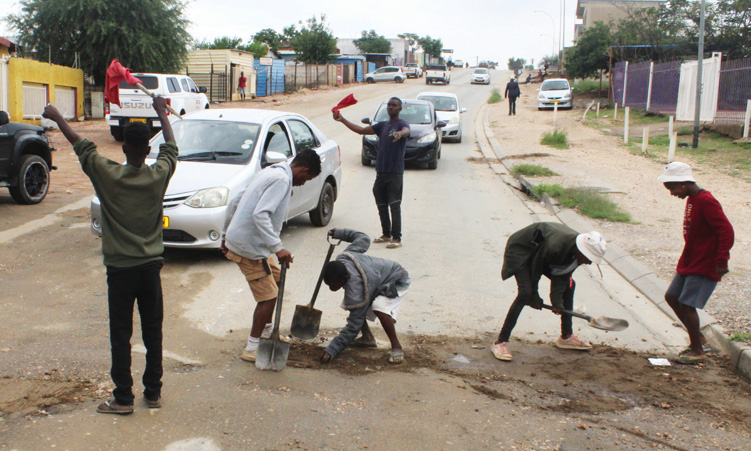IT is generally believed that critics of public servants or semi-public servants overlook the fact that pubic governance is a complex and arduous task.
That might be the case, but it would serve no purpose to offer sympathy for public servants when their management of public offices and enterprises is reminiscent of a medieval ages’ muddle. Take Air Namibia as an example.This public enterprise had hardly recorded a penny in profit during its fifteen years in existence, not even in nominal terms.Is that not Jurassic Park-type myopia? Around June last year, I watched as the serious-looking Minister of finance was making an effort to convince the parliamentarians that Air Namibia’s restructuring strategy was bearing fruit and that the newly introduced Windhoek-London flight would be profitable.I wonder whether the poor MPs knew that the statistics that the minister was giving them clearly indicated that the Windhoek-London flight would be as non-profitable as buying a pair of shoes at N$250 in Windhoek and selling it in Omitara for NS$180.00! The Minister’s utterance about the profitability of the Windhoek-London flight, if the statistics that she loudly read out are correct, is indeed a cock-and-bull story.The Windhoek-London route costs Air Namibia N$24988.50 in fuel, N$130900 in maintenance (i.e N$11900 per hour for an 11 hour flight) and N$17666.00 in daily rental rate for the A340 300 Air bus which is a total of N$173555.17 per single flight.All this, according to the Air Namibia statistics, as presented by the Minister of Finance in parliament, translates into N$300.00 per seat in costs.For a single Windhoek-London flight to break 77% capacity must be filled.What this appears to mean is that the A340 300 Airbus has a total capacity of about 75 seats (if these statistics are correct) and for it to reach a no loss-no profit level 58 seats must be filled.But much of the time Air Namibia will fly below the break-even-point ( 65% -70%) , not to mention the fact that sometimes it will fly with as few as 30% of seats filled.In simple layman’s language that seems to mean that during the best of the times Air Namibia will fly between Windhoek and London with 17 to 26 seats empty and when business is bad, as many as 50 seats will be collecting dust.When it was reported in the New Era, that the inaugural Windhoek-London flight was 100% booked, I knew that it was a simple marketing ploy of engineered bookings that had no long-term impact.However the state continues to pump millions of dollars into Air Namibia, year in year out, but this national airline has proven to be a still-born enterprise with little hope of ever making it as a viable proposition in the aviation industry.Finding a formula to make Air Namibia a profitable enterprise is as arduous as sawing through diamonds.The problems of Air Namibia are numerous and complex and are not as simple as a lot of people think (but this is no excuse for Air Namibia’s Management because they are being paid to deal with these problems).Trying to find the right “mop” to flush the mess out of our national carrier will show any economically sane individual that a lot of inter-related factors come into play.The lack of requisite expertise for Air Namibia staff, the inadequacy of the asset base (including money to beat off competition), lack of the market share in the aviation industry and the stiff competition against the big asset-flooded early entrants in the industry are some of the factors which are all closely related to the failure or success of any business of Air Namibia’s calibre.If one tries to ignore and over-simplify any of these factors in his/her search for a solution to Air Namibia, then it simply will not work.The fundamental question such as how many planes (of specified filled capacity), routes and flights (at a competitive fare) per week an airline needs to have to put on its schedule to be able stay above the break-even-point need to be answered.A snap survey of the airlines in Africa will probably show that only airlines like SAA, Ghana Airways, Nigeria Airways and Kenya Airways make regular good profits.If you tie the question of market to profit, you will easily realise that all these countries can boast of the population in excess of 30 million people.Is there a minimum level of domestic market that needs to be reached to make the airline profit-making? If so, what should be economically done, in terms of other limiting factors, to minimise or cancel out the negative effects of our below-the-threshold domestic market? Having poured about N$2 billion into Air Namibia, I wonder whether we can dare spend more out of pride and keeping national planes in the air while there are not enough schools for our children.Finally I have a question for the Minister of Finance, is there no private international entity that is interested in buying controlling shares in Air Namibia? D.Uuyuni waKamati MarientalTake Air Namibia as an example.This public enterprise had hardly recorded a penny in profit during its fifteen years in existence, not even in nominal terms.Is that not Jurassic Park-type myopia? Around June last year, I watched as the serious-looking Minister of finance was making an effort to convince the parliamentarians that Air Namibia’s restructuring strategy was bearing fruit and that the newly introduced Windhoek-London flight would be profitable.I wonder whether the poor MPs knew that the statistics that the minister was giving them clearly indicated that the Windhoek-London flight would be as non-profitable as buying a pair of shoes at N$250 in Windhoek and selling it in Omitara for NS$180.00! The Minister’s utterance about the profitability of the Windhoek-London flight, if the statistics that she loudly read out are correct, is indeed a cock-and-bull story.The Windhoek-London route costs Air Namibia N$24988.50 in fuel, N$130900 in maintenance (i.e N$11900 per hour for an 11 hour flight) and N$17666.00 in daily rental rate for the A340 300 Air bus which is a total of N$173555.17 per single flight.All this, according to the Air Namibia statistics, as presented by the Minister of Finance in parliament, translates into N$300.00 per seat in costs.For a single Windhoek-London flight to break 77% capacity must be filled.What this appears to mean is that the A340 300 Airbus has a total capacity of about 75 seats (if these statistics are correct) and for it to reach a no loss-no profit level 58 seats must be filled.But much of the time Air Namibia will fly below the break-even-point ( 65% -70%) , not to mention the fact that sometimes it will fly with as few as 30% of seats filled.In simple layman’s language that seems to mean that during the best of the times Air Namibia will fly between Windhoek and London with 17 to 26 seats empty and when business is bad, as many as 50 seats will be collecting dust.When it was reported in the New Era, that the inaugural Windhoek-London flight was 100% booked, I knew that it was a simple marketing ploy of engineered bookings that had no long-term impact.However the state continues to pump millions of dollars into Air Namibia, year in year out, but this national airline has proven to be a still-born enterprise with little hope of ever making it as a viable proposition in the aviation industry.Finding a formula to make Air Namibia a profitable enterprise is as arduous as sawing through diamonds.The problems of Air Namibia are numerous and complex and are not as simple as a lot of people think (but this is no excuse for Air Namibia’s Management because they are being paid to deal with these problems).Trying to find the right “mop” to flush the mess out of our national carrier will show any economically sane individual that a lot of inter-related factors come into play.The lack of requisite expertise for Air Namibia staff, the inadequacy of the asset base (including money to beat off competition), lack of the market share in the aviation industry and the stiff competition against the big asset-flooded early entrants in the industry are some of the factors which are all closely related to the failure or success of any business of Air Namibia’s calibre.If one tries to ignore and over-simplify any of these factors in his/her search for a solution to Air Namibia, then it simply will not work.The fundamental question such as how many planes (of specified filled capacity), routes and flights (at a competitive fare) per week an airline needs to have to put on its schedule to be able stay above the break-even-point need to be answered.A snap survey of the airlines in Africa will probably show that only airlines like SAA, Ghana Airways, Nigeria Airways and Kenya Airways make regular good profits.If you tie the question of market to profit, you will easily realise that all these countries can boast of the population in excess of 30 million people.Is there a minimum level of domestic market that needs to be reached to make the airline profit-making? If so, what should be economically done, in terms of other limiting factors, to minimise or cancel out the negative effects of our below-the-threshold domestic market? Having poured about N$2 billion into Air Namibia, I wonder whether we can dare spend more out of pride and keeping national planes in the air while there are not enough schools for our children.Finally I have a question for the Minister of Finance, is there no private international entity that is interested in buying controlling shares in Air Namibia? D.Uuyuni waKamati Mariental
Stay informed with The Namibian – your source for credible journalism. Get in-depth reporting and opinions for
only N$85 a month. Invest in journalism, invest in democracy –
Subscribe Now!










